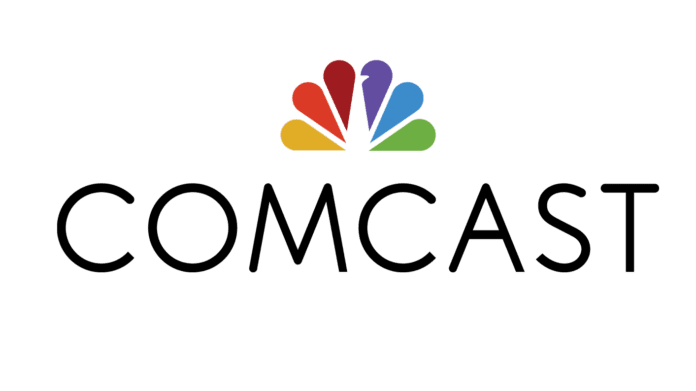The first quarter was a mixed bag for Comcast, which saw notable gains in its broadband and wireless services, while its theme parks, television and film production all have been largely shut down under shelter-in-place rules and that had a steep impact on profits.
Company revenues held the line, coming in less than 1% lower than the same period last year: $26.6 billion for the quarter, down from $26.8 billion during the same period last year. Within its cable communications unit, high-speed internet saw 9.3% revenue growth and business services revenues grew 8%. However, overall company profits dropped by nearly 40% to $2.1 billion.
Comcast said that since March 1, it has seen a 33% increase in upstream traffic and a 40% increase in wireless data usage over Wi-Fi.
“We’re extremely pleased that our investments in our network continue to pay off as we are handling significant increases in traffic and meeting our customers’ needs,” said Brian Roberts, Comcast’s chairman and CEO. “All the divisions of our company are in constant communication, and the level of collaboration has been extraordinary. … This is a moment in time; and when it passes, I am very confident that the decisions we are making now will enable us to emerge from this crisis as a healthy, strong company that is well positioned to continue to grow and succeed.”
Comcast reported that its wireless revenues were up 52% to $343 million for the quarter, which was driven by a gain of 216,000 customer additions that bring its Xfinity Mobile customer base to 2.3 million lines.
“We continue to be real pleased with the trajectory of the wireless business,” said Dave Watson, president and CEO of Comcast Cable, on the company’s call with investors. Asked about Comcast’s thoughts on upcoming spectrum auctions and its MVNO relationship with Verizon, Watson said, “As to opportunities, spectrum and/or the relationship, we like our relationship, [the] current one that we have. We’re always going to be staring at ways of making improvements to it over time, but the fundamentals are very good. And in regards to spectrum, nothing new to report. We will be opportunistic if it makes sense to our business. Overall, the third objective is to be profitable at scale, and we feel very comfortable with where we’re going.”
Comcast added 477,000 net high-speed internet customers during the quarter, which were its best quarterly numbers in 12 years. That figure doesn’t include the 32,000 free Internet Essentials customers who were also added.
Comcast’s capital expenditures dropped more than 10% year-over-year to $1.9 billion in the first quarter, driven by large drops in capex at Sky and NBCUniversal; Comcast’s cable capex only fell by about 7%. Within its cable communications unit, high-speed internet saw 9.3% revenue growth and business services revenues grew 8%. Comcast lost 409,000 video customers and a net 89,000 voice customers as well. It ended the quarter with a base of 31.9 million customer relationships.
Comcast did say that its cable communications results, though strong in the first quarter, are going to be negatively affected in the second due to “significant deterioration in domestic economic conditions in recent weeks” as well as costs related to keeping customers connected for remote work and learning.
“We expect the impacts of COVID-19 to increase in significance in the second quarter 2020 and to have a material adverse impact on our consolidated results of operations over the near-to-medium term,” the company said in a statement on its results.

